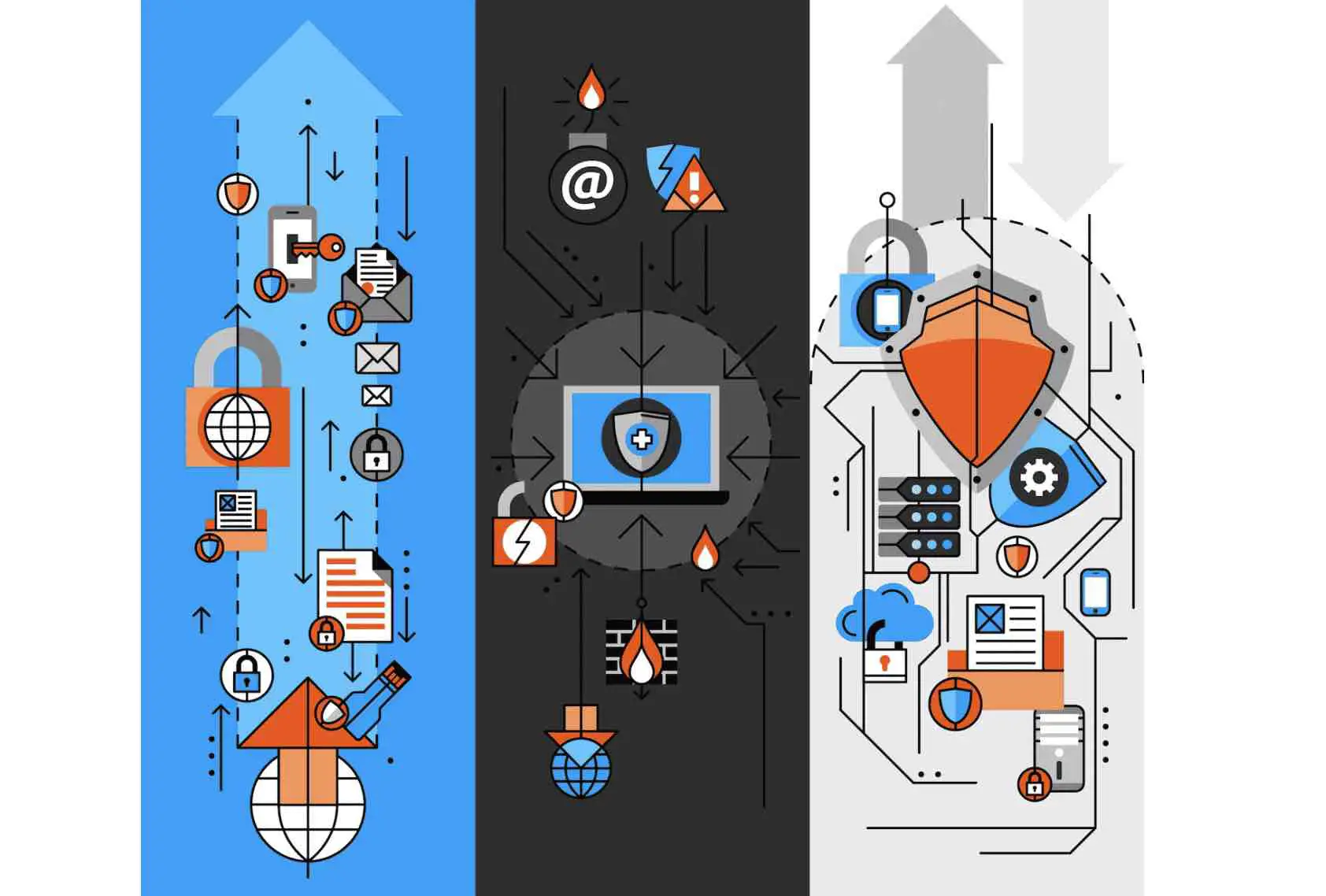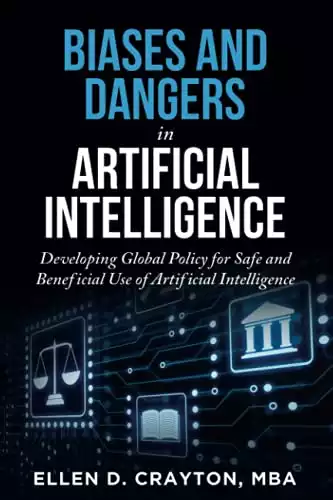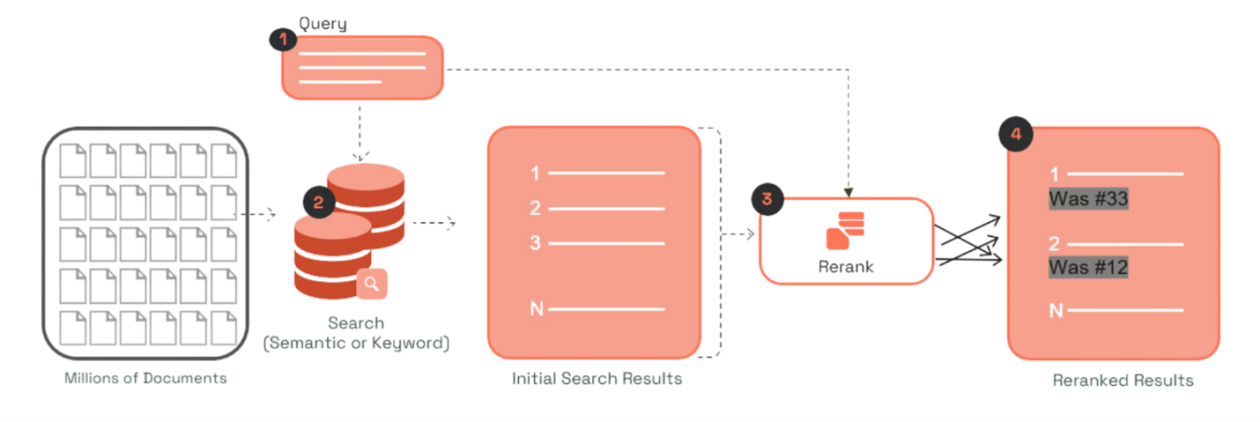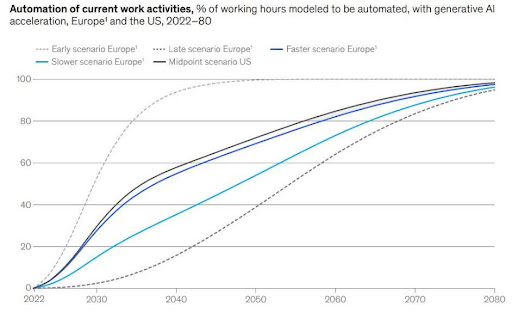Introduction – Dangers of AI – Security Risks
Artificial intelligence has become a cornerstone in many industries, promising to revolutionize the way we live and work. Its capabilities range from automating mundane tasks to making complex decisions that were traditionally the domain of human intelligence. But with these advances come new risks and potential security threats that need to be addressed.
AI systems can be exploited by malicious actors for a range of nefarious activities, from data breaches to advanced cyberattacks. The very features that make AI powerful, such as its ability to learn and adapt, also make it a potential security risk. Security measures that were effective in a pre-AI era may no longer be sufficient.
As we look to the future, it is imperative to understand the risks posed by the widespread adoption of AI and take steps to mitigate these threats. The security industry, policymakers, and organizations need to work together to create robust security policies and frameworks to address the unique challenges posed by AI.
Automated Cyberattacks
As AI technology advances, it has become a major concern that malicious actors are leveraging its capabilities to execute automated cyberattacks. This kind of automation empowers them to initiate sophisticated actions traditionally requiring human input. These can range from supply chain attacks to various types of attacks that exploit security breaches, massively expanding the attack surface that security teams must defend against.
The complexity of these automated cyber threats isn’t the only issue; their speed and adaptability pose an even greater challenge. Leveraging AI, these attacks can learn in real-time, adapting to security measures and thereby becoming more difficult to detect and neutralize. Adversarial machine learning is a case in point, wherein the AI system is trained to mislead or ‘fool’ other machine learning models. This can lead to malicious behavior and activities that not only bypass but also learn to exploit security protocols, making them one of the biggest risks to any security program.
To combat the rapidly evolving nature of these cyber threats, security professionals need to stay a step ahead of attackers. The strategy should involve using AI in defensive operations to counter the deliberate attacks being mounted. The security program needs to be continuously updated to identify new forms of malicious activity. Understanding and predicting potential threats is key, as is developing robust security protocols designed to quickly respond to these advanced cyber threats.
Also Read: What is a Bot? Is a Bot AI?
Data Breaches and AI
The surge in the application of Artificial Intelligence systems and techniques for handling massive datasets has had a paradoxical effect: while it has streamlined processes and improved analytics, it has also escalated the risks of data breaches. Malicious actors are becoming increasingly sophisticated, sometimes tampering with the AI’s training dataset through methods like inserting malicious codes or employing model poisoning. These actions compromise the AI models, affecting their integrity. In the worst cases, this can result in a discriminator network being fooled by a generator network in adversarial networks, leading to false positives and incorrect decisions.
When threat actors successfully infiltrate and gain unauthorized access to these training datasets, the repercussions are manifold and severe. Confidential information becomes vulnerable, causing significant privacy violations. Additionally, business operations may grind to a halt as AI systems become compromised. This kind of black box input manipulation is particularly challenging to detect, adding another layer of complexity to Artificial Intelligence risks that organizations must manage.
Combatting these issues requires a multi-pronged approach. Organizations must implement rigorous risk management strategies and robust governance frameworks tailored to the unique challenges posed by AI systems. This isn’t simply about threat identification and mitigation. Continuous auditing of AI models is crucial, along with timely updates to ensure that they have not been compromised. Understanding the dynamics of discriminator and generator networks, as well as the pitfalls of adversarial networks, forms a critical part of this ongoing maintenance and oversight.
Also Read: Artificial Intelligence + Automation — future of cybersecurity.
Malicious Use of Deepfakes
Deepfakes, created using deep learning models, pose a unique and insidious risk. By generating fake content that is increasingly difficult to distinguish from the real thing, deepfakes can be used for anything from personal blackmail to widespread dissemination of fake news.
Deepfake technology in the wrong hands can have dire consequences, creating believable false narratives that can deceive the public or even compromise national security. With the lines between reality and AI-generated content blurring, malicious actors have a new powerful tool.
To mitigate the risks posed by deepfakes, it’s crucial for AI-based systems designed to detect them to be integrated into a wider security protocol. In addition, there needs to be legal framework and governance around the ethical considerations associated with AI-generated content, ensuring accountability mechanisms are in place.
AI-Driven Misinformation
AI-driven misinformation is a growing concern, particularly with language models capable of generating persuasive yet false content. This goes beyond simple fake news, as AI can create entirely false narratives that mimic genuine articles, data reports, or statements. Malicious actors can use these to deceive people, influence opinions, and even affect elections.
To counter AI-driven misinformation, constant monitoring and fact-checking are crucial. However, the sheer volume of content generated makes human intervention insufficient. Hence, AI-based security systems are being developed to detect and flag suspicious activity and potential false information.
This area remains one of the most challenging problems to solve. AI-based tools are sometimes used to counter misinformation but these can also be vulnerable to adversarial attacks. A multi-pronged approach involving technological solutions, legal measures, and public awareness is essential to address this threat effectively.
Discriminatory Algorithms
AI algorithms are trained on large datasets that can inadvertently include societal biases. When these biased algorithms are used in decision-making processes, they perpetuate and even exacerbate existing discrimination. This poses ethical considerations and significant risks, particularly in areas like law enforcement, hiring, and lending.
The first step in mitigating these risks is acknowledging that AI is not inherently neutral; it learns from data that may be biased. Tools and frameworks are being developed for conducting “adversarial training,” which aims to make algorithms more robust and less likely to discriminate.
It’s also critical to have a governance framework that sets standards for ethical AI use. Businesses and organizations should regularly review and update their algorithms to ensure they meet these standards, involving external audits to establish accountability.
Surveillance Concerns
The same AI capabilities that make facial recognition and anomaly detection powerful tools for security can also lead to severe privacy concerns. Widespread surveillance using AI can easily lead to privacy violations, especially if data is stored indefinitely or used for purposes other than initially intended.
Governments and corporations should exercise extreme caution and ethical judgment when deploying AI in surveillance. Security measures should be proportional to the risk and should respect individual privacy rights. Oversight and periodic review of surveillance programs are essential to maintain a balance between security and privacy.
Legal frameworks must be established to govern how surveillance data is collected, stored, and used. These should include clear guidelines for data retention and stipulate severe penalties for misuse, ensuring a more responsible use of technology.
Also Read: AI and Cybersecurity
AI-Driven Espionage
AI tools can also be used for espionage activities. Here, malicious actors or even non-state actors use AI algorithms to sift through massive amounts of data to extract valuable information. These advanced tactics present new challenges to traditional cybersecurity protocols.
Security measures should include advanced AI-based security systems capable of detecting these sophisticated espionage attempts. Human intelligence is not enough; advanced algorithms capable of detecting suspicious activity at scale are now essential.
Counter-espionage tactics are increasingly leveraging AI to analyze network traffic and other indicators for signs of anomalous behavior. These techniques are then combined with traditional human intelligence efforts to create a more comprehensive defense strategy.
Unintended Consequences
As AI systems become more complex, so do the risks of unintended consequences. An AI algorithm that goes awry can result in severe consequences, from financial loss to physical harm, especially in critical systems like self-driving cars or medical equipment.
Understanding these risks requires intensive testing and validation before deploying AI systems in real-world scenarios. It also demands a governance framework for ongoing monitoring and accountability for algorithms.
Businesses must adopt a multi-layered approach to risk management, incorporating both technological and human oversight. Robust vulnerability management systems, incorporating both AI and human intelligence, are critical to identifying and mitigating these risks.
Algorithmic Vulnerabilities
Algorithmic vulnerabilities present a fertile ground for malicious actors seeking to exploit weaknesses in AI systems. Such actors often specialize in understanding algorithmic processes, enabling them to create adversarial inputs that can mislead the system into taking harmful or unintended actions. This risk is exacerbated in black-box systems, where the internal mechanisms of the algorithms are not transparent or fully understood. In these cases, even small adversarial inputs can produce outsized and often dangerous outcomes.
For security teams tasked with defending against these types of threats, a comprehensive understanding of both the algorithms and the data that powers them is crucial. Regular audits should be a standard practice, focused not just on the algorithmic logic but also on the quality and integrity of the data it processes. This dual focus enables the identification of potential security risks and helps in developing countermeasures that are both robust and adaptable.
To further bolster defenses against algorithmic vulnerabilities, new methods are emerging that specifically target these weak points. Among these are adversarial training techniques and specialized AI-based security tools designed to recognize and neutralize adversarial inputs. These new technologies and methods are rapidly becoming indispensable components of modern security measures. They offer an additional layer of protection by training the AI systems to recognize and resist attempts to deceive or exploit them, making it harder for attackers to find a soft spot to leverage.
Also Read: From Artificial Intelligence to Super-intelligence: Nick Bostrom on AI & The Future of Humanity.
AI in Social Engineering Attacks
AI can enhance the effectiveness of social engineering attacks. By analyzing large datasets, AI can help malicious actors tailor phishing emails or other forms of attack to be more convincing. This raises the stakes for security teams, who must now contend with AI-augmented threats.
One approach to countering this is to use AI-based security systems that can identify these more sophisticated forms of attack. Security protocols can be developed to detect anomalies in communication patterns, thereby flagging potential threats.
The human element also remains a critical factor. Employee training and awareness programs need to adapt to the new kinds of threats posed by AI-augmented social engineering, emphasizing the need for caution and verification in digital communications.
Lack of Accountability
The lack of clear accountability in AI deployment is a significant hurdle that hampers the effectiveness of security protocols. When an AI system is compromised or fails to function as intended, pinpointing responsibility becomes an intricate, often convoluted process. This uncertainty can lead to weakened safety measures, as parties involved may be less incentivized to take preventive actions or update existing security procedures.
To address this deficit, transparent governance frameworks and accountability mechanisms are imperative. These frameworks should go beyond mere guidelines; they need to stipulate the roles and responsibilities of everyone involved in the AI system’s life cycle, from development to deployment and ongoing maintenance. Such clarity helps not just in defining who is responsible for what, but also in setting the standard procedures for audits and risk assessment, thereby strengthening overall system integrity.
For AI systems employed in critical infrastructures—such as healthcare, transportation, or national security—a more rigorous level of oversight is required. Regular audits should be conducted to evaluate the system’s performance and vulnerability. When something does go awry, these governance structures should enable quick identification of lapses and the responsible parties. By having a clear chain of accountability, corrective measures can be implemented more swiftly, and any loopholes in the security measures can be promptly addressed. This continual refinement and accountability are key to building safer, more reliable AI systems.
Exploiting Ethical Gaps
Ethical considerations frequently struggle to keep pace with the rapid developments in technology, including advancements in neural networks and other AI-based systems. This lag presents privacy risks, as it creates openings that bad actors can exploit. These individuals or groups engage in activities that may not yet be subject to regulation or even well-understood, thereby complicating the task of implementing effective security measures. This ethical vacuum doesn’t just pose a conceptual dilemma; it’s a concrete security risk that needs urgent attention.
Developing ethical frameworks is not a solitary task; it requires the collaboration of multiple stakeholders. Policymakers, researchers, and the public need to be actively involved in shaping these ethical structures. Their collective input ensures that the frameworks are not just theoretically sound but also practically implementable. In doing so, they can address the inherent privacy risks and ethical ambiguities that come with the integration of neural networks and similar technologies into our daily lives.
The challenge of closing these ethical gaps is ongoing. As AI and neural network technologies continue to evolve, so too should the ethical and legal frameworks that govern their use. This isn’t a one-time solution but a continual process that adapts to new challenges and technologies. By staying vigilant and responsive to technological changes, we can better identify and address potential security threats, making the digital landscape safer for everyone.
Also Read: Dangers of AI – Ethical Dilemmas
Weaponized Drones and AI
Drones equipped with AI capabilities represent a new frontier in both technology and security risks. These machines can be programmed to carry out advanced attacks without human intervention, making them a powerful tool for bad actors.
Governments and organizations need to establish robust security policies to counter the threat of weaponized drones. This includes detection systems, no-fly zones, and countermeasures to neutralize drones that pose a threat.
Regulatory agencies must also create laws governing the use and capabilities of drones, limiting their potential for misuse. Given the rapid advancements in this field, an adaptive legal framework is crucial to prevent the escalation of AI-driven threats.
Conclusion
AI technology offers incredible promise but also presents a range of security threats that are constantly evolving. From automated cyberattacks to the malicious use of deepfakes, the landscape is increasingly complex and fraught with potential risks.
To safeguard against these risks, robust security measures, ethical frameworks, and accountability mechanisms must be put in place. A multi-pronged approach that involves technological solutions, legal measures, and public awareness is crucial for mitigating the risks associated with the widespread adoption of AI.
It’s a challenging landscape, but the risks of inaction are too great to ignore. Only through concerted effort across industries, governments, and civil society can we hope to harness the power of AI while safeguarding against its potential dangers.
References
Müller, Vincent C. Risks of Artificial Intelligence. CRC Press, 2016.
O’Neil, Cathy. Weapons of Math Destruction: How Big Data Increases Inequality and Threatens Democracy. Crown Publishing Group (NY), 2016.
Wilks, Yorick A. Artificial Intelligence: Modern Magic or Dangerous Future?, The Illustrated Edition. MIT Press, 2023.
Hunt, Tamlyn. “Here’s Why AI May Be Extremely Dangerous—Whether It’s Conscious or Not.” Scientific American, 25 May 2023, https://www.scientificamerican.com/article/heres-why-ai-may-be-extremely-dangerous-whether-its-conscious-or-not/. Accessed 29 Aug. 2023.




